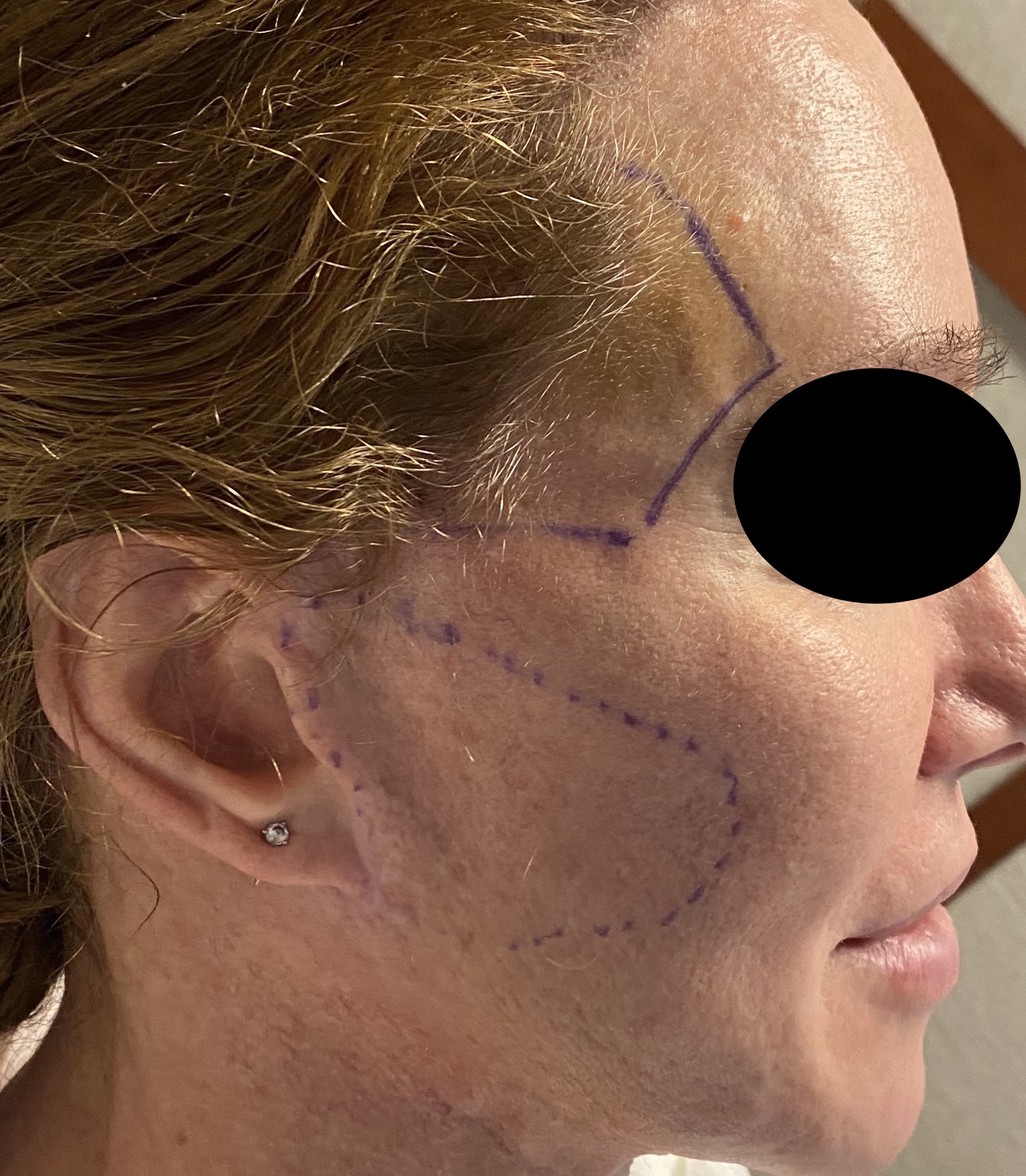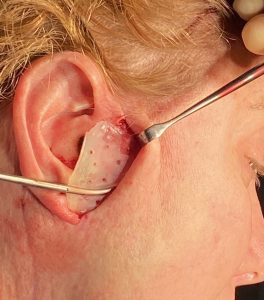Background: Facial lipoatrophy, also known as facial wasting, refers to the loss of fat tissue causing concave facial contours. (So called gaunt face) These always occur above and below the horizontal skeletal lines of the zygomatic arch and jawline in the temporal and submalar/lateral facial areas. Lipoatrophyu occurs along a spectrum of expression from mild to severe and has been graded has having five levels (I – V) with I being mild and V being severe.
Treatment of facial lipoatrophy is most commonly done by synthetic fillers and fat injections and are the first line treatments for it. Implants also have a role to play in temporal and cheek hollowing as they provide assured permanent volume augmentation. For temporal hollowing standard implants exist that provide an augmentation effect through their placement on top of the muscle in the subfacial location. Their effect is indirect so to speak because what they are augmenting (muscle) is not what is actually lost. (fat which lies under the muscle) But they are still very effective at temporal contour restoration.
In the midface cheek implants, particularly those that have a submalar component or are placed in the submalar area on top of the masseteric fascia, improves the concavity anteriorly but does not extend back posteriorly under the arch to the lateral face/parotid area. Non-injectable options in this facial area, while rarely reported, include dermal grafts and implants which can be placed through a retrotragal preauricular incision. Alloderm soft tissue grafts can be used which can add up to 2mms of thickness and are well tolerated even in thin skin patients. Implants are also an option but have never been reported previously.
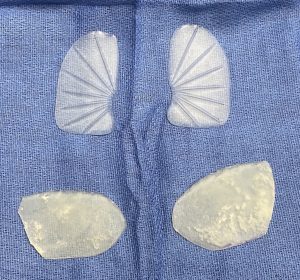
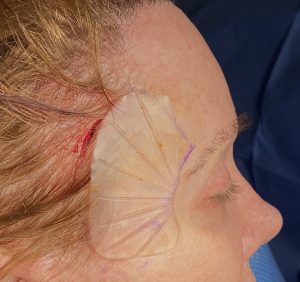
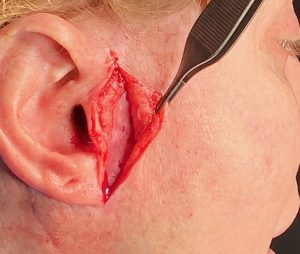
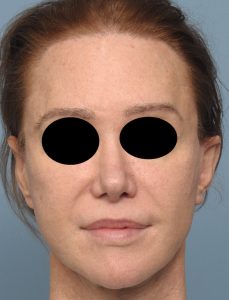
Case Highlights:
1) Lipoatrophy affects the temporal and cheek/lateral facial areas making them either concave or more concave than they were previously.
2) Temporal implants are an acknowledged method of treating temporal hollowing for a permanent effect.
3) There are no known implants to treat lateral facial subcutaneous atrophy but flexible soft silicone sheeting can be used to do so.
Dr. Barry Eppley
World-Renowned Plastic Surgeon

